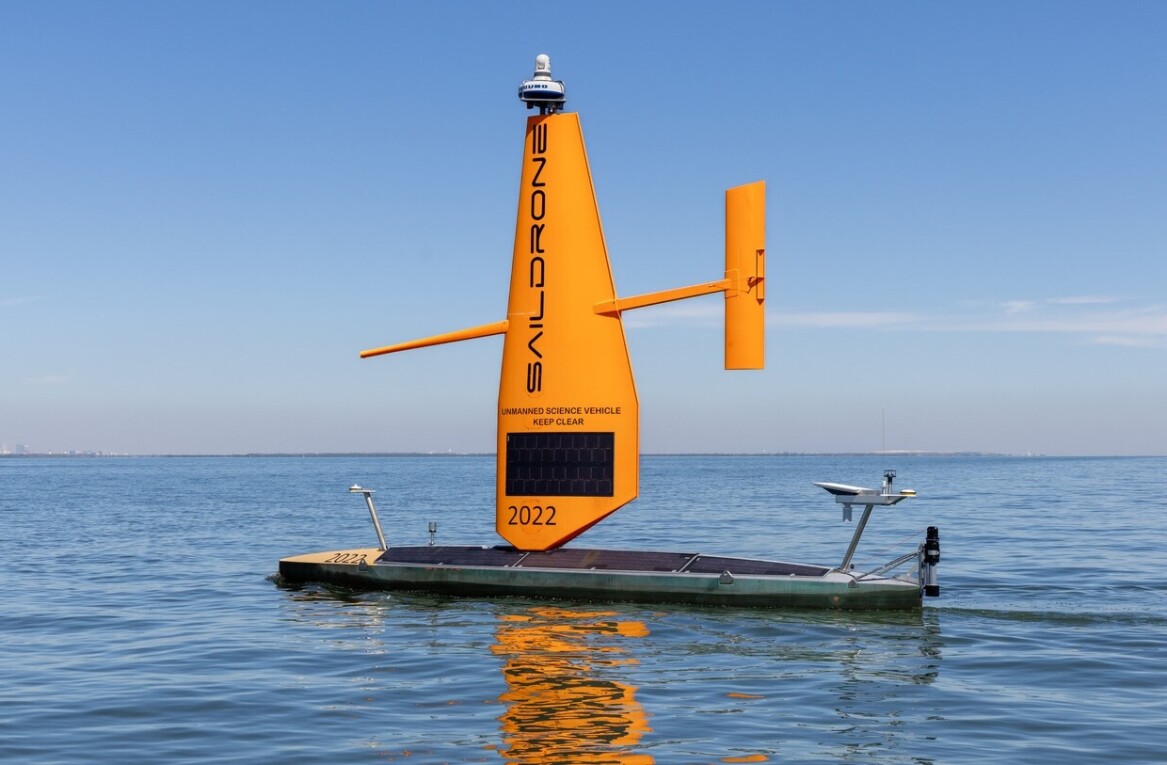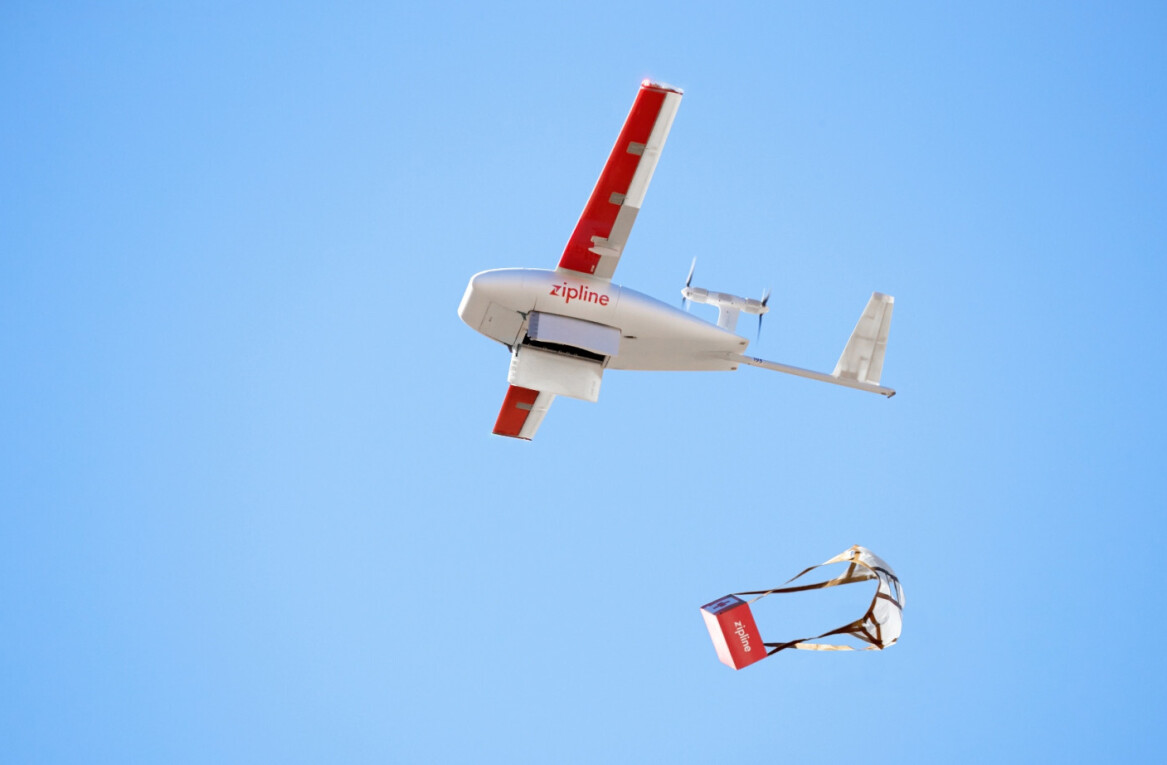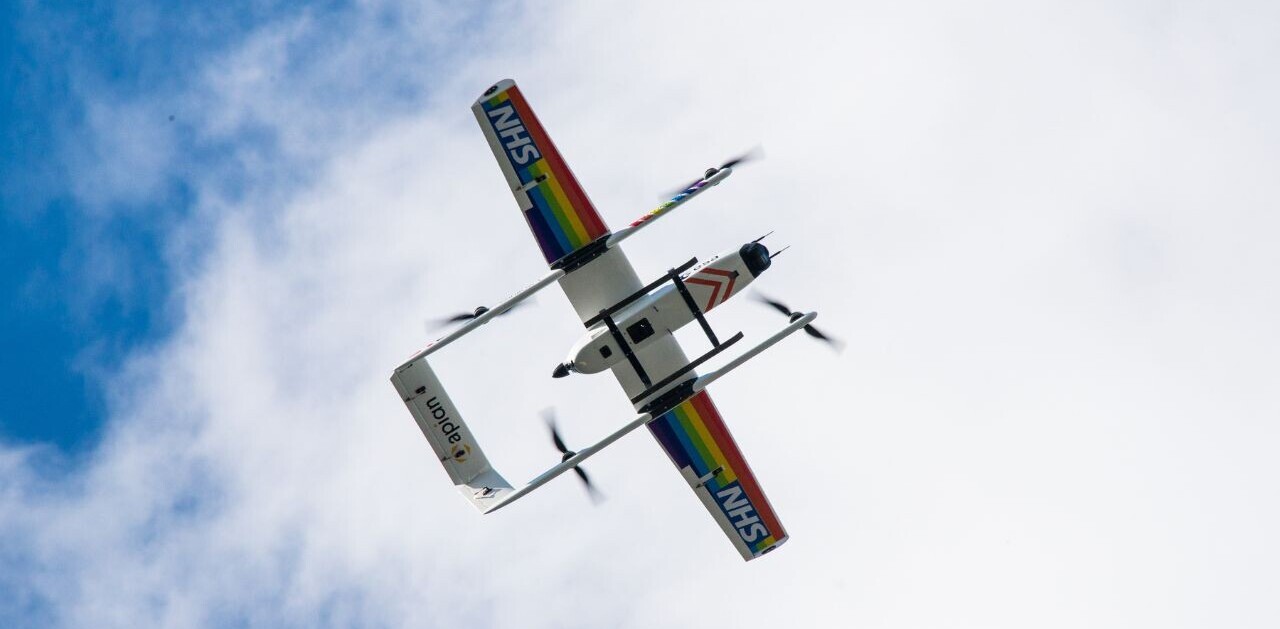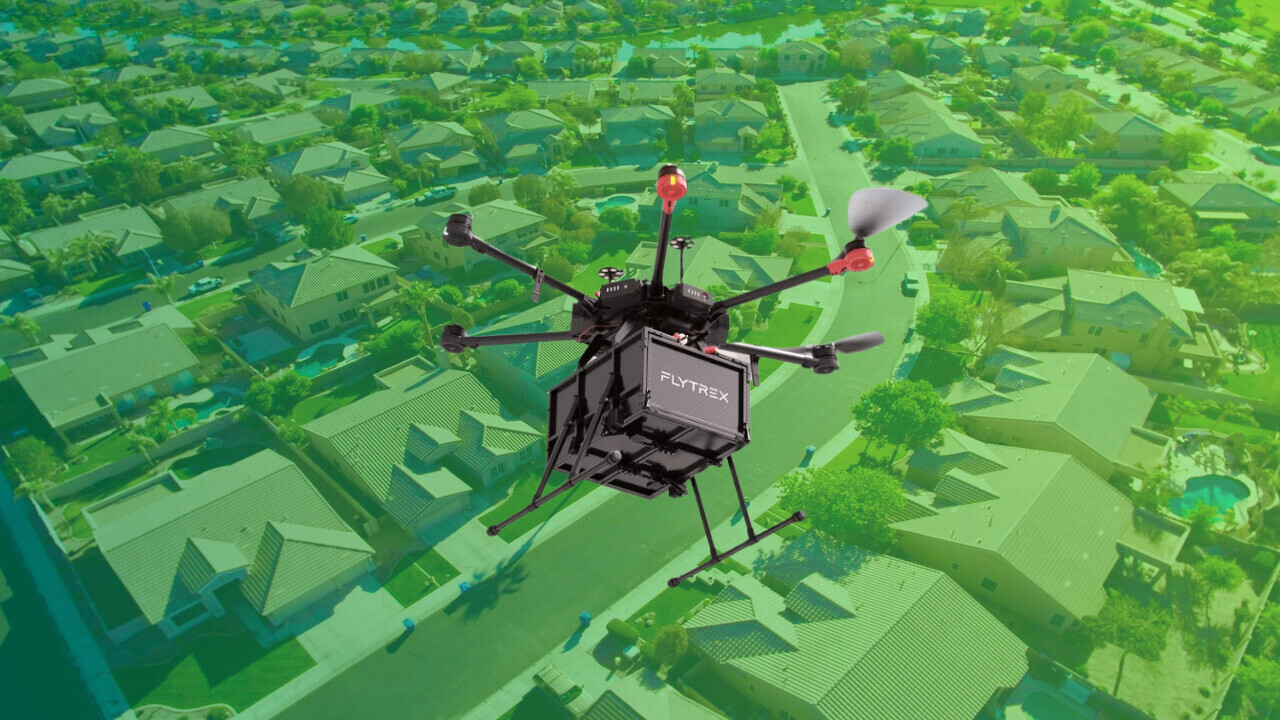
Picture it. Using an app, you order a new mobile phone on Amazon or a burger from your favorite restaurant. A mere 20 minutes later, you get an alert on your phone and head out to the backyard to see a drone descending from the sky holding your package. Your package gently drops to the ground, and the drone flies off. And it’s being led by retail behemoths Amazon, Walmart, and a slew of food delivery companies.
I spoke to industry insiders to get the state of play and see an industry evolving from nascent to the mainstream, but for regulatory restrictions.
Amazon Prime Air is finally out of stealth mode after almost a decade of prototyping over 20 drones, with the company showcasing its drones earlier this month.
In June, Amazon announced plans to launch deliveries in Lockeford, California, and College Station, Texas. Residents choose items up to a total of 2.26 kg (4lb) in weight. The items will be packed at nearby warehouses and dropped in backyards.
In May, Walmart announced an expansion of its DroneUp delivery network to 34 sites by the end of the year, providing the potential to reach 4 million US households across Arizona, Arkansas, Florida, Texas, Utah, and Virginia. This creates the capacity to deliver over 1 million packages by drone in a year.
Customers can order items up to 4.5kg (10lb) for a mere delivery fee of $3.99.
About 90% of Americans live within 10 miles of one of Walmart’s more than 4,700 stores, meaning that the capacity for future delivery expansion in even greater.
And in Granbury, Texas, and three cities in North Carolina, drone operators Flytrex are delivering restaurant food. The company delivers orders of up to three kilograms (6.6lb), according to co-founder and CEO Yariv Bash:
For a dinner for a family, that’s just perfect. In the future, we might build something a bit bigger, so we’ll also be able to deliver groceries.
Earlier this month, the company received Federal Aviation Authority (FAA) approval to fly up to 3.2 nautical km ( two miles), expanding its potential delivery radius to reach 100,000 eligible customers across all operating stations.
Rocking the suburbs
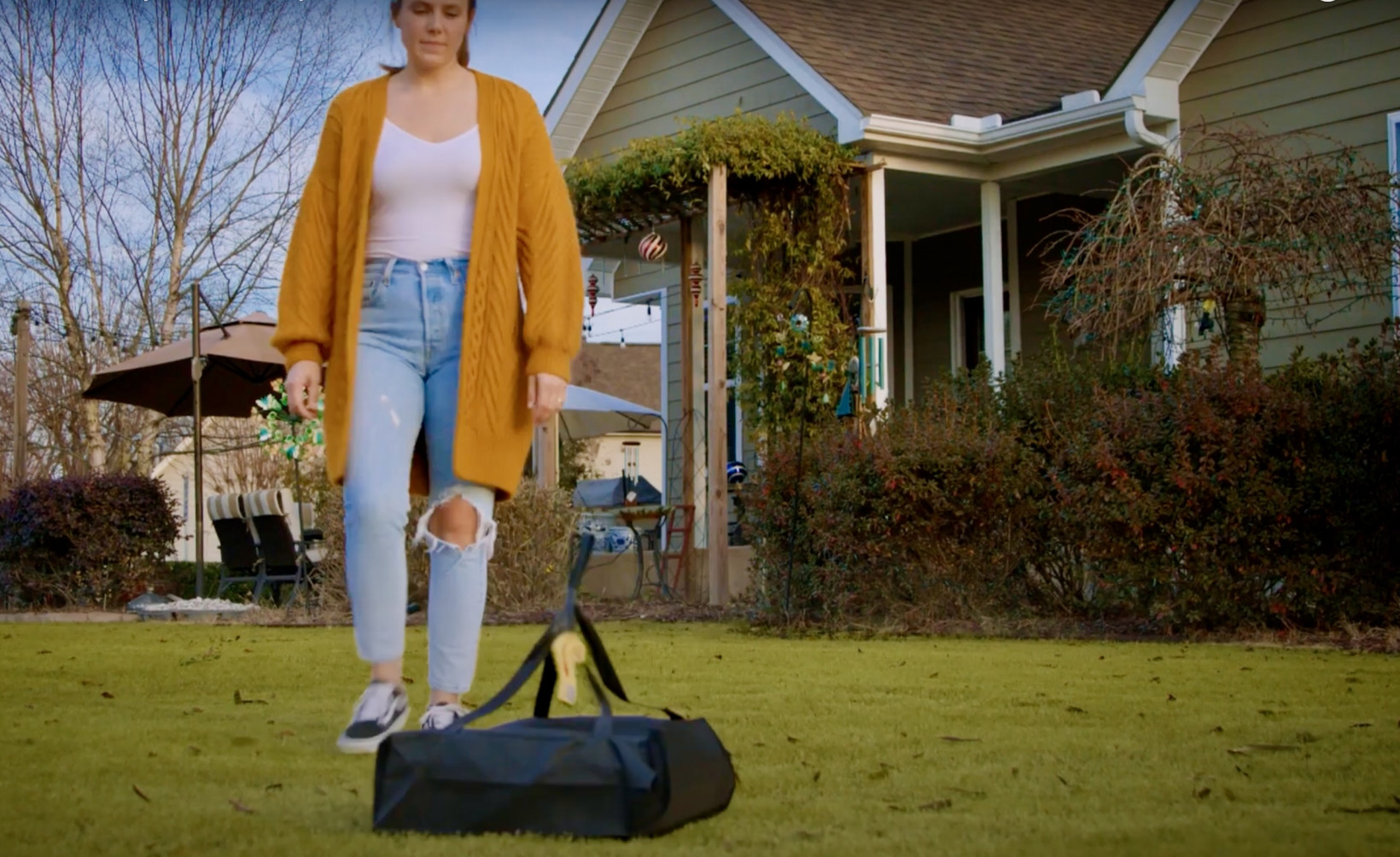
What makes all of this innovation interesting is that these drone delivery services eschew the inner city. Inner urban areas are already crowded with ebike food, grocery, and medical delivery services.
According to David Benowitz, Head of Research at Drone Analyst, drone deliveries meet a need not currently met by ebike delivery services.
Visual Line of Sight is the pain of drone advancement
Currently, the biggest barrier to mainstream drone delivery is the requirement for drones to be in the “visual line of sight” of a human operator. This means that drone delivery includes not only the operational costs of the drones, but also the additional staffing. There have only been a few case-by-case exemptions. For example, in June, drone operator Zipline received part 135 certification to deliver medications.
However, earlier this month, the White House hosted a summit on advanced air mobility. It was attended by drone and VTOL operators. Billy Nolen, Acting Administrator of the FAA, detailed that one of the authority’s priorities is standardized rules for beyond visual line of sight (BVLOS) operations.
Benowitz asserts that the FAA has an old-school aviation mindset: “The aviation regulatory body is super risk-averse because how they measure their job is how many people die on commercial airlines, which doesn’t apply to drones.”
He suggests that Walmart, traditionally a risk-averse company (also utilizing Gatik autonomous truck deliveries), could be spearheading fully remote autonomous operators over a couple of sites but also concedes that incremental advancement has its merits:
You gotta walk before you run. How can you model safety and autonomy if you don’t crew operations in the first place?
And as far as getting BVLOS mainstream, Amazon Prime Air has created a sense-and-avoid system for object detection, enabling operations without visual observation.
Amazon Prime Air drones can detect both static and moving objects, and make autonomous decisions. An example is rerouting past an obstacle, such as another drone. This is a game changer for the future of drone deliveries.
But are delivery drones financially viable?
Currently, delivery companies like Wing (funded by Alphabet) are in a great space to innovate. They can absorb the costs and growing pains into their whole infrastructure network.
Bash asserts that the pulling power of Amazon will accelerate whole industry innovation: “The faster the new they move, the better it is for us.”
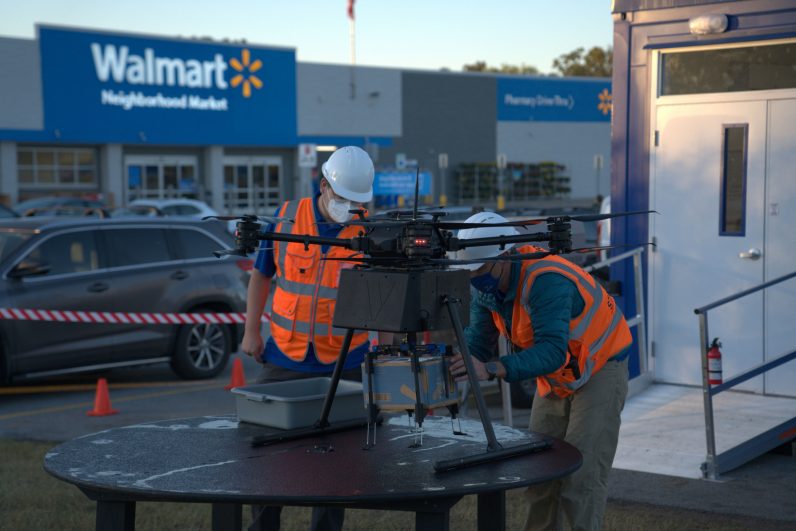
But how economically viable are single deliveries by a single drone? Walmart’s $3.99 drone delivery price seems vastly underpaid considering the cost of drone infrastructure.
However, a recent survey of 1,000 US residents commissioned by drone mobility platform maker Auterion found that people don’t want to pay even that much for drone deliveries.
41% would not be willing to pay an extra fee, while 41% up to $10. Only 18% were willing to pay more than $10. That’s a lot of people who expect a free ride to get a hamburger or baby formula dropped from the skies.
I also spoke to hardware company A2Z Drone Delivery CEO Aaron Zhang. He believes that profitability is the elephant in the room for service providers and any new technology to become widely adopted:
“With lithium prices soaring in recent years, battery depreciation per delivery certainly eats up a sizable chunk of delivery service fees. Allowing operators to make more per trip and improving unit economics behind every delivery, are priorities we see for commercial expansion as an industry.”
Where are the subsidies for drones?
Notably, while drone deliveries are a huge win for the environment compared to gas-guzzling vehicles, to date, curiously, there are no environmental subsidies for the use of delivery drones, unlike electric cars, vans, and bikes.
Subsidies would go a long way in advancing R&D and mainstreaming drone deliveries.
What’s clear is that for now, the bulk of innovation in the residential drone delivery space sits firmly in the US, except for Wing’s restaurant deliveries in Australia and Manna delivering groceries in Balbriggan, County Dublin, and ANRA Technologies in India.
It’s likely to stay this way for a while. As Bash notes: “In the US, you’ve got more than 82 million backyards.”
Get the TNW newsletter
Get the most important tech news in your inbox each week.

